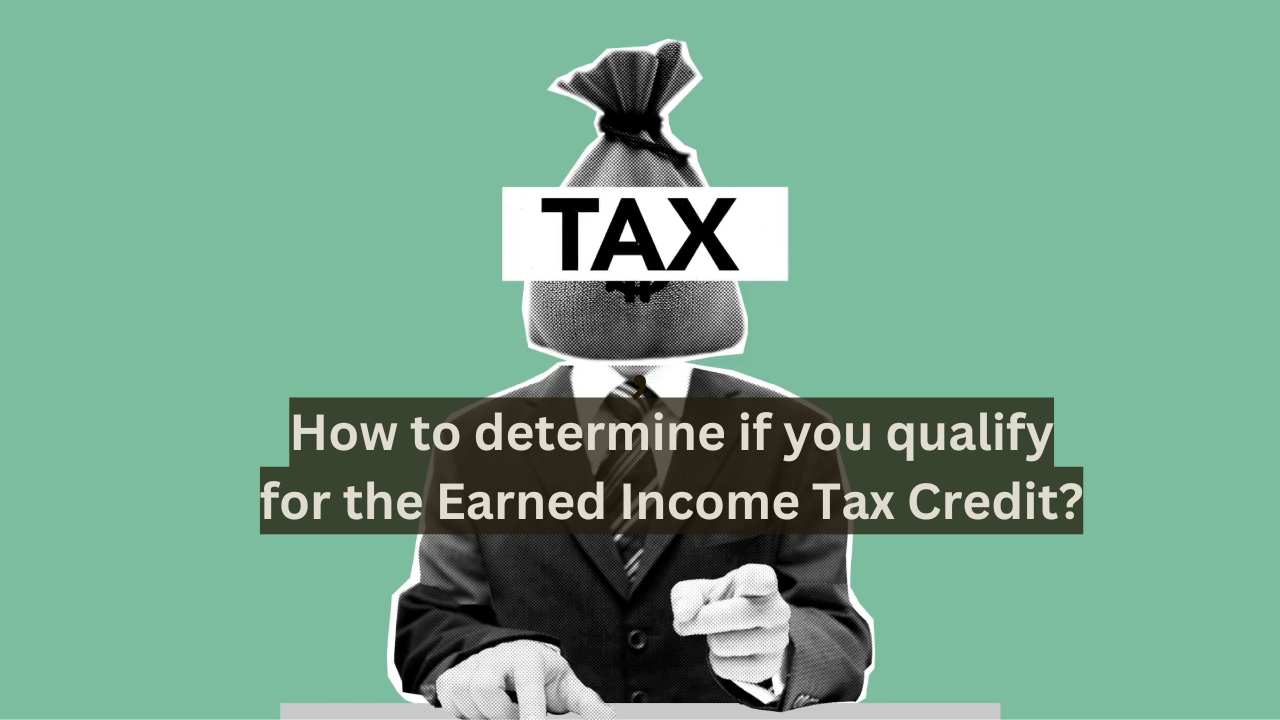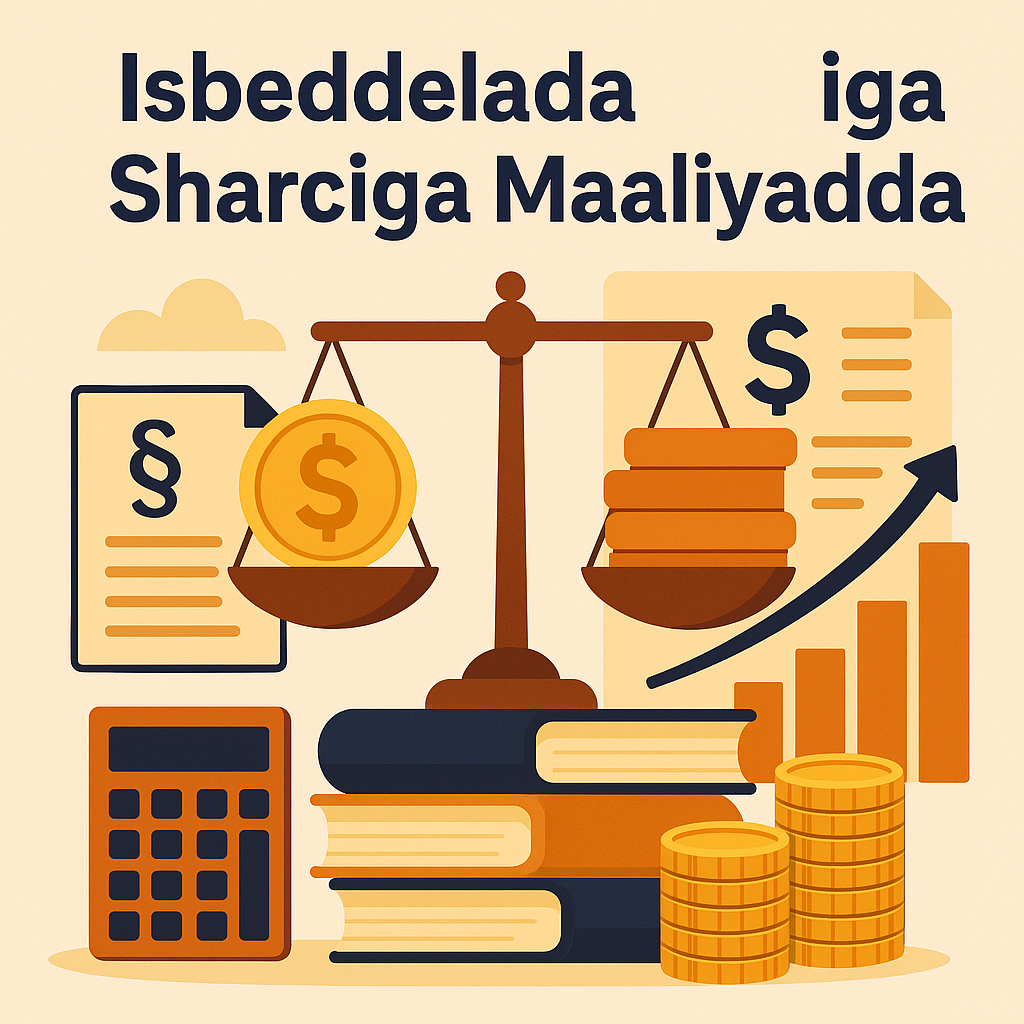The Earned Income Tax Credit (EITC) is a valuable tax benefit designed to help low- to moderate-income workers reduce their tax burden or increase their tax refunds. If you meet certain eligibility requirements, you could significantly lower the amount of taxes you owe or even receive a refund. Here’s a step-by-step guide on how to determine if you qualify for the EITC.
1. Understand What the EITC Is – tax
The EITC is a refundable tax credit available to workers with earned income below certain thresholds. It is intended to benefit low-income workers and families, providing tax relief and, in many cases, a refund. Even if you don’t owe any taxes, you might still receive money back from the IRS.
2. Know the Basic Eligibility Requirements
There are several basic criteria you must meet to qualify for the EITC:
- Earned income: You must have earned income from employment, self-employment, or other sources.
- Filing status: Most filing statuses qualify for the EITC, but you cannot claim the credit if your status is “Married Filing Separately.”
- Social Security number (SSN): You, your spouse (if married), and any qualifying children must have valid SSNs.
- U.S. citizenship or residency: You must be a U.S. citizen or resident alien for the entire tax year.
- Investment income: Your investment income must be $11,000 or less for the tax year in which you’re filing.
- Foreign income: You cannot claim the EITC if you file Form 2555, which relates to foreign earned income.
You must also not be claimed as a dependent on someone else’s tax return.
3. Check Your Income Level
The amount of earned income and adjusted gross income (AGI) you have determines your eligibility for the EITC. For the 2023 tax year, your income must be below the following limits:
- For single taxpayers (or married filing jointly with no children): $17,640 ($24,210 if married)
- With one qualifying child: $46,560 ($53,120 if married)
- With two qualifying children: $52,918 ($59,478 if married)
- With three or more qualifying children: $56,838 ($63,398 if married)
If your income exceeds these thresholds, you will not be eligible for the EITC.
4. Determine Your Filing Status
Your filing status plays a significant role in whether you qualify for the EITC and how much you may receive. Here are the statuses that qualify for the EITC:
- Single
- Head of Household
- Married Filing Jointly
- Qualifying Widow(er)
If you are married and filing separately, you are not eligible for the EITC. Filing jointly with your spouse is a requirement for married couples.
5. Check the Number of Qualifying Children (If Applicable)
The EITC offers larger credits for taxpayers with qualifying children. A “qualifying child” must meet certain criteria:
- Relationship: The child must be your son, daughter, stepchild, foster child, sibling, or descendant (e.g., grandchild or niece/nephew).
- Age: The child must be under 19 at the end of the tax year, under 24 if a full-time student, or any age if permanently and totally disabled.
- Residency: The child must have lived with you in the U.S. for more than half the year.
- Joint return: The child cannot file a joint return unless they are filing only to claim a refund.
You don’t need to have children to qualify for the EITC, but the credit amount is typically smaller without them. For those without children, you must be at least 25 but under 65 to qualify.
6. Use the IRS EITC Assistant Tool
To simplify the process of determining your eligibility, the IRS offers an EITC Assistant Tool on its website. Here’s how to use it:
- Go to the IRS website: Visit IRS.gov/EITC.
- Enter your information: Input details such as your income, filing status, and number of qualifying children.
- Get your results: The tool will tell you if you’re eligible for the EITC and estimate how much credit you might receive.
Using this tool is a quick and easy way to confirm your eligibility.
7. Calculate Your Earned Income – tax
Earned income includes:
- Wages and salaries from employment
- Self-employment income
- Union strike benefits
- Disability pay received before reaching the minimum retirement age
- Military combat pay (you may elect to include combat pay as earned income if it helps you qualify for the EITC)
Unearned income such as unemployment benefits, Social Security, pensions, child support, and interest or dividends is not counted as earned income for the EITC.
8. Understand Special Rules for Certain Taxpayers
There are special rules that apply to certain groups:
- Military personnel: You can elect to include nontaxable combat pay as earned income to potentially increase your credit.
- Clergy members: Housing allowances or rental value may be included as earned income.
- Disabled workers: Certain disability benefits count as earned income until you reach the minimum retirement age.
Make sure to check any specific rules that may apply to your situation.
9. File a Tax Return Even If You Don’t Owe Taxes
If you qualify for the EITC, you must file a tax return to claim it, even if you aren’t required to file due to low income. The credit is refundable, meaning you can receive a refund even if you don’t owe any taxes.
- File Form 1040: Use this form to file your federal taxes and claim the EITC.
- Complete Schedule EIC: This form is used to provide information about your qualifying children if you have any.
If you’re eligible for the EITC, make sure to claim it on your return to receive your credit.
10. Avoid Common Mistakes
The IRS takes the EITC very seriously and scrutinizes claims carefully. Here are some common mistakes to avoid:
- Claiming children who don’t meet the qualifications: Ensure your child meets the relationship, age, and residency requirements.
- Incorrect filing status: Remember, married taxpayers must file jointly to qualify for the EITC.
- Overstating your income: Only earned income counts toward the EITC, so ensure your calculations are accurate.
The IRS may disallow your EITC claim if they find you’ve made a mistake, so accuracy is key.
Conclusion
The Earned Income Tax Credit is an essential tool for reducing tax burdens and potentially receiving a refund for working individuals and families. To determine if you qualify, review your income, filing status, and whether you have any qualifying children. Use the IRS EITC Assistant tool for quick eligibility checks, and file your tax return even if you owe no taxes. By understanding and following these steps, you can take advantage of this beneficial tax credit.
FAQ
1. What is the maximum income to qualify for EITC?
The income limit varies based on filing status and number of qualifying children. For example, a single taxpayer with three children can earn up to $56,838, while a married couple with no children can earn up to $24,210.
2. Can I qualify for the EITC if I don’t have children?
Yes, you can qualify for a smaller EITC if you don’t have children, but your income must be below the threshold, and you must be between 25 and 64 years old.
3. Do I need to pay back the EITC?
No, the EITC is a refundable credit, so you don’t need to pay it back. If you qualify, you may even receive a refund.
4. How do I claim the EITC if I’m self-employed?
Self-employed individuals can claim the EITC as long as they have earned income and meet the eligibility requirements. Be sure to keep accurate records of your self-employment income.
5. What if I made a mistake on my EITC claim?
If the IRS finds an error on your EITC claim, they may reduce or disallow your credit, and you may face penalties. Always double-check your information before submitting your return


